Full disclosure: this post is largely based on the book How to Shoot Video That Doesn't Suck. Almost entirely, actually. My contribution is to take some of the lessons learned there and apply them to Kickstarter videos in particular.
I originally read HTSVTDS (that's a heck of an acronym) years ago, but the lessons have really stuck with me, and I re-read it again recently. I am by no means a brilliant videographer (ha!) but I have some basics under my belt that have helped me immensely, especially since I choose not to outsource my Kickstarter video to a professional studio (I explain why here).
One more thing before I get into it: I want to re-emphasize a point I made in the post I linked above, so you don't make the same mistake as me: Give yourself time! For Kickstarter videos, you have the opportunity to shoot and reshoot the same scene until you get it looking exactly the way you want. Use it! Even though the tips below are quite simple in concept, video editing is NOT easy or quick. The extra time will be worth it.
Which brings us to our first point from the book...
Whatever length you think the video should be, cut it by two thirds.
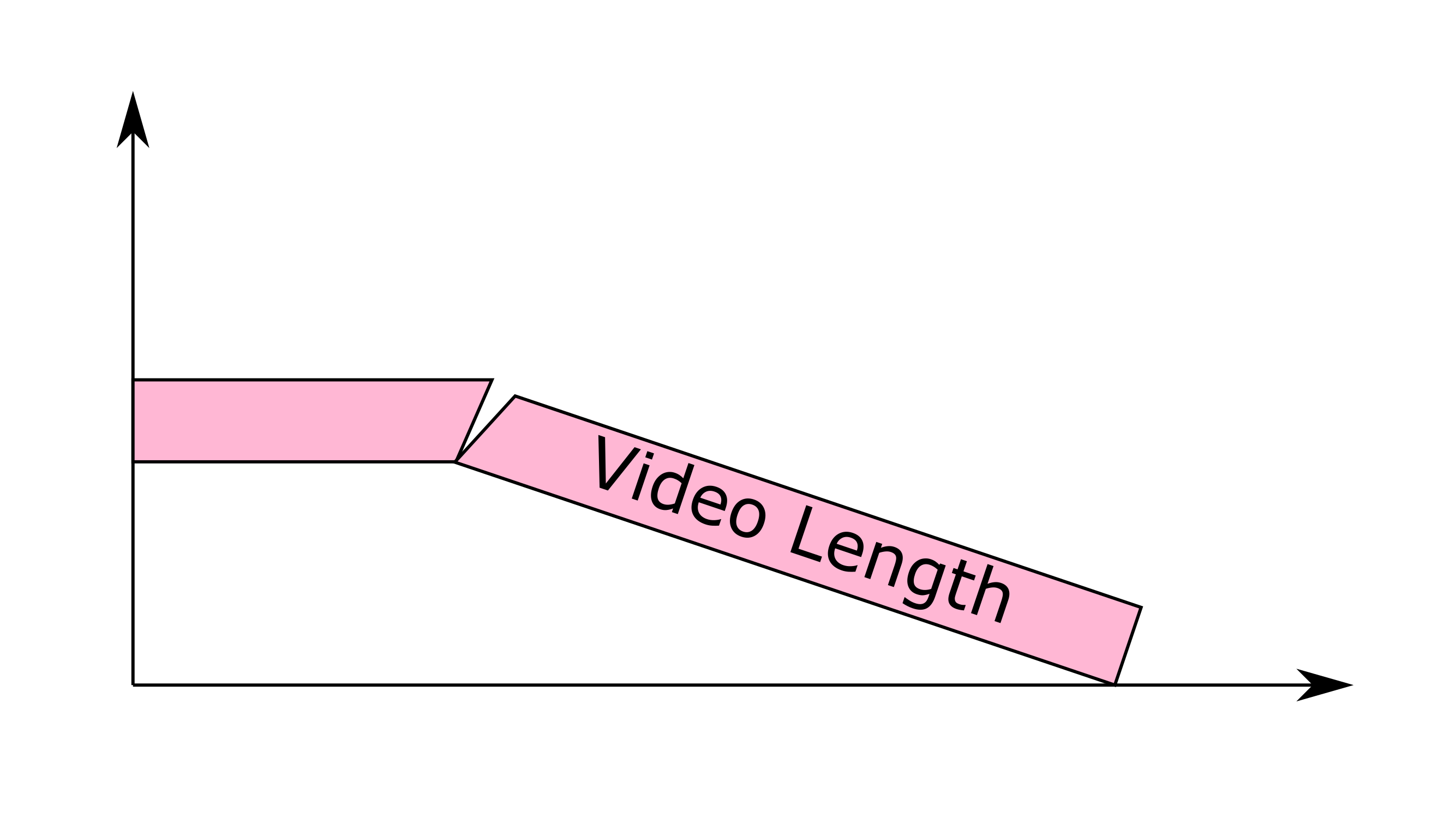
Yeah, two thirds. That 3 minute video should actually be 1 minute. The 10 minute video? 3 minutes. Well, that's the aphorism that the book uses, anyway. But it's describing a way of thinking, not a maxim to be taken literally in every case.
You'll see the same thing written many different ways: Keep your video down to 3 minutes, says one guy. Keep it down to 1 minute, says another. No more than 30 seconds, says a particularly opinionated guy.
So, the best option is for the video to self-implode into non-existence, right? Because shorter is better, and 0 seconds is the shortest it could be possibly be?
You and I both know that's silly. What everybody is trying to get at is, everything that does not absolutely deserve to be in the video needs to go. And, honestly, that's a very subjective thing. But you still need to get to the point, and get there fast, before you lose the viewer's interest.
So, you have a 3-minute video? Cool, some creators recommend that length! But you're not most creators. So, what can you cut to make it better? Okay, now it's down to 2 minutes. Great, what can you cut?
The idea is not to aim for some particular total length, but rather, a balance of the video being complete without getting boring. You certainly don't want your video scaring away potential backers!
The Road to Bad Video is Paved with No Intent
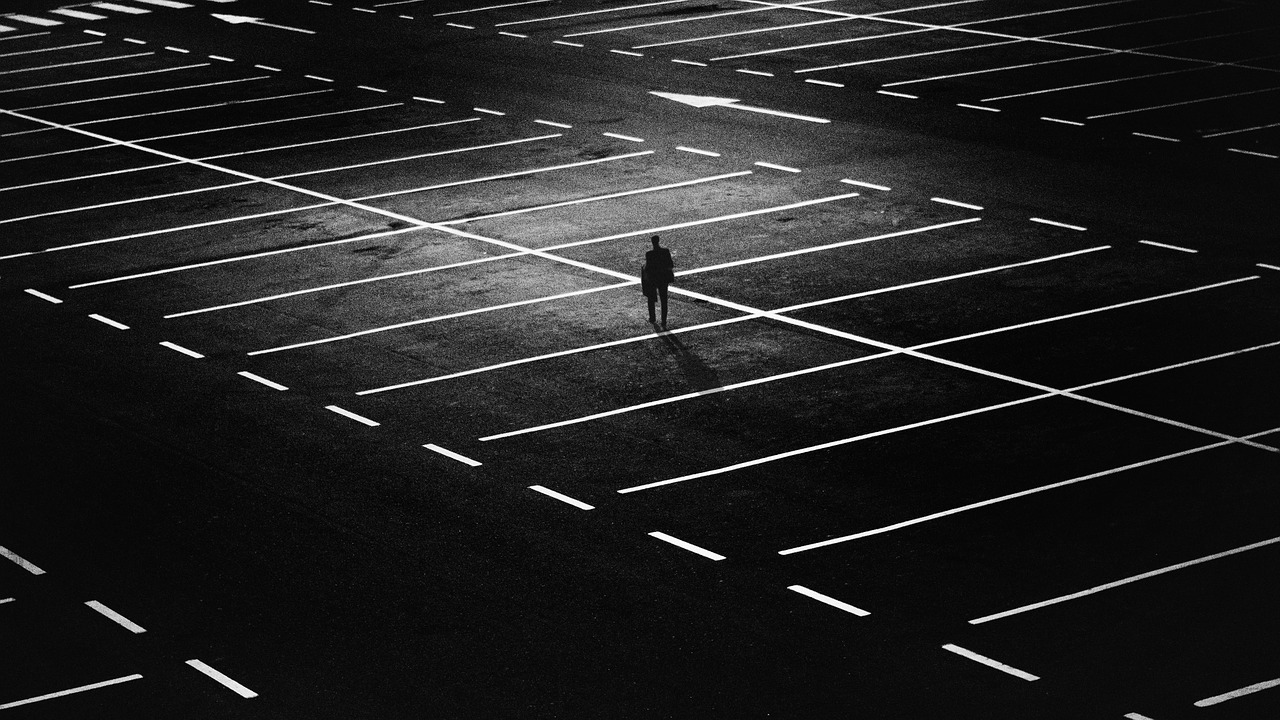
Although I recommend DIY Kickstarter videos, it's not a blanket recommendation for all creators all of the time. You shouldn't DIY with no idea why. You have to know what your intent is.
Your intent is to fund, right? Nope! Okay, so it's to encourage the viewer to back your game? Heck no! Those may be the results you're after, but they are not your intent.
Intent, as described in the book, offers insight into your process. That is, it is something that you yourself can act upon while creating the video. For example, my intent with my last video was to tell people how to play the game. Not enough to be fully instructional (that would kill the video length), but just enough so that they know what they're getting; the gist of the game.
Being informative about the gameplay is what a lot of otherwise well-crafted Kickstarter videos are missing, in my opinion, but it needs to be omnipresent. You can and should have other intents for your video, as well. To name some ideas:
- give people the gist of how the game works!!!
- show off the game pieces
- show people having fun with your game
- describe the theme of the game
- impart a sense of the game's most fun moments
- make the viewer laugh (this one is risky; trying to be funny and failing is worse than not trying to be funny)
- tell people what others have said about the game
There are also intents that are not so great, although even those are better than no intents whatsoever. Nevertheless, here are some common duds I've seen:
- tell people why you made the game
- tell people why the game is so great
- talk about your favorite thing about the game
In other words, injecting personal opinion into your video is far less valuable than talking about facts of the game and what others are saying.
No matter what your intents during the video, write them down. Then, constantly refer back to that list while making the video. Anything that doesn't do what you intend can be cut, even if it's otherwise good. Then, consider cutting or fixing anything that does do what you intend, but not well enough.
But what counts as good enough? You are your own best critic, so listen to yourself for the answer. You will be able to tell, with the help of your list of intents. Asking friends you can trust to be bluntly honest may be useful here too.
Think in Shots
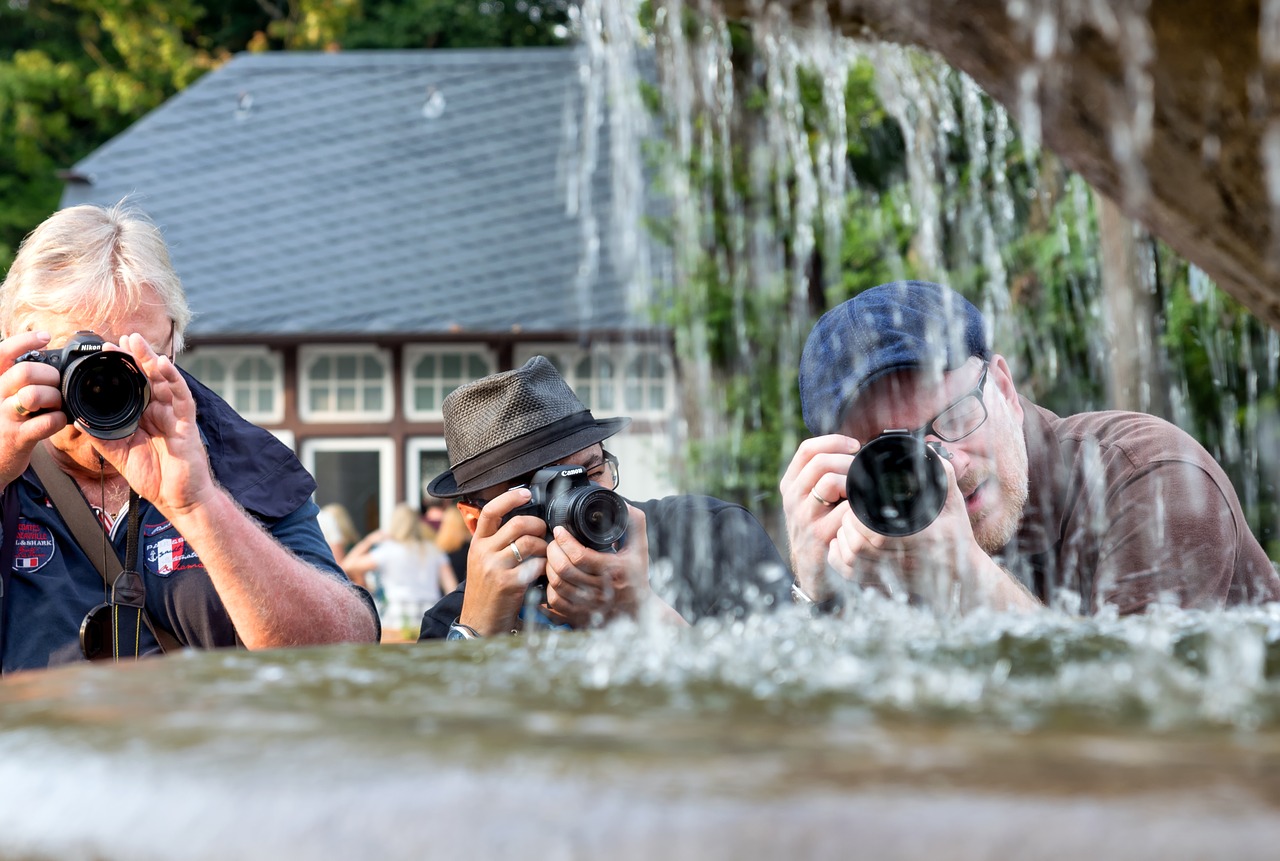
For each section, I keep wanting to write, "this is the most important thing." But everything can't be the most important thing, right? Well, it can, because ignoring any of this will result in a worse video.
But if your list of intents is the backbone of your video, then thinking in shots is the legs, because it's going to get you where you want to go. If you're missing either one, you're going to have a hard time. (Substitute "legs" for wheels, treads, swallows, or other means of locomotion if you like.)
If you watch nearly anything worth watching, what you'll notice is that the camera jumps to a new perspective very frequently. Sometimes you'll even see a jump every 3 seconds or less. While that's not always true, we can't all be OK Go. So, as a rule, keep every shot short.
How short? Well, it's the same as the thinking behind cutting the video by two thirds: short enough. This is another situation where you'll want to consult your list of intents, and then listen to yourself.
One handy tip here is to plan out your shots ahead of time. Write them down. Draw pictures. It's easier to cut a bad shot before you film it instead of after, and planning your shots will help you accomplish that.
Don't Shoot Until You See the Whites of Their Eyes

This is actually pretty easy. All it means is, close-ups often look better than distance shots. It also means that if you don't catch the person's face, then you're not getting the best shot.
Imagine a video where I teach you -- the camera -- how to play chess, but the whole time I'm looking down at the board. I pick up a pawn and look at it, and I start telling you how it moves on the board. Meanwhile, I haven't once made eye contact with the camera, and the pawn is hidden in my hand so you can barely see what it looks like.
Now, let's fix the video, remembering that the "whites of their eyes" thing doesn't just apply to people, as the catchy subtitle I stole from the book might imply. It applies to "whatever is interesting at the moment." In the example above, my face is interesting when I start talking, so let's full-screen my face.
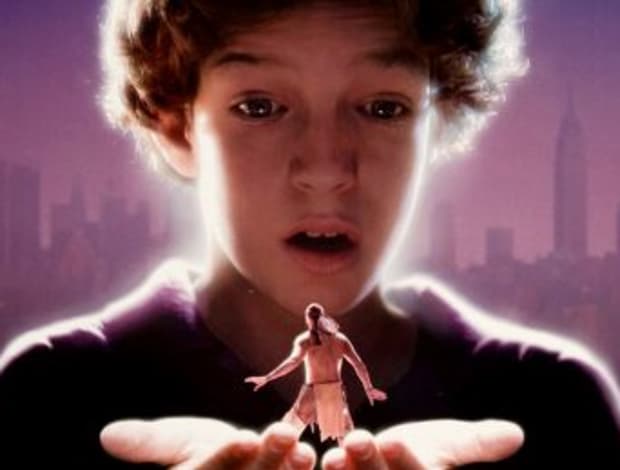
Then, once I pick up the pawn, that becomes what's interesting. So let's focus a new shot on that. I'm still talking, but you care more about looking at the pawn, and watching as I demonstrate what it does.
Once again, it all comes down to your best judgment and your list of intents.
But Wait, There's More
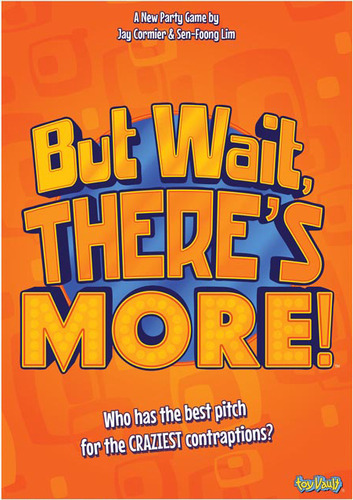
I've described the proper way to think about what your video is trying to accomplish, how to shoot with that in mind, and what kinds of shots look best. I've also described some thoughts about the length of the video as a whole and of shots individually.
Again, all of this is pulled from the book, How to Shoot Video That Doesn't Suck. But the book also covers so much more beyond what I can write in a single blog post. I really do strongly recommend it if you plan to have any part in the shooting of your Kickstarter video. I especially recommend it if you plan to do it yourself entirely.
While this post was written with the pitch video in mind, it is applicable to every video you make, whether the "how to play" video or just "birthday party completely unrelated to your game or Kickstarter." Your intents will give your video structure, and your shots will help pace your video.
Oh, and background music is nice, too.